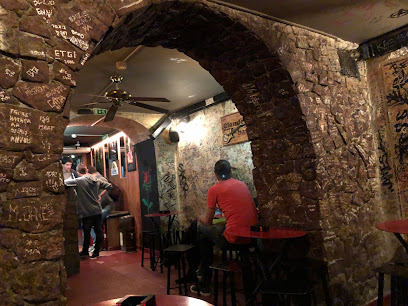
Discover the Rich History at Museu da Guarda Nacional Republicana
Explore the Museu da Guarda Nacional Republicana in Lisbon for an insightful journey through Portugal's rich military and national history.
Step into the Museu da Guarda Nacional Republicana in Lisbon, a captivating history museum that chronicles the evolution of Portugal’s national guard. This museum offers visitors a deep dive into the rich history and heritage of the GNR, showcasing artifacts, displays, and stories that span centuries, making it a must-visit for history enthusiasts and curious travelers alike.
A brief summary to Museu da Guarda Nacional Republicana / Museu da GNR
- Quartel do Carmo de Lisboa, Largo do Carmo 27, Lisbon, 1200-092, PT
- +351217655640
- Visit website
- Monday 10 am-5:30 pm
- Tuesday 10 am-5:30 pm
- Wednesday 10 am-5:30 pm
- Thursday 10 am-5:30 pm
- Friday 10 am-5:30 pm
- Saturday 10 am-5:30 pm
Local tips
- Visit during the week to avoid larger crowds and enjoy a more intimate experience.
- Check for any special exhibitions or events that may coincide with your visit.
- Take your time exploring the exhibits; consider a guided tour for deeper insights.
- Photography is usually allowed, so don't forget your camera to capture the exhibits.
Getting There
-
Metro
From any location in Lisbon, make your way to the nearest Metro station. Take the Blue Line (Linha Azul) towards Santa Apolónia. Change at Baixa-Chiado station to the Green Line (Linha Verde) towards Cais do Sodré. Get off at Rossio station. From Rossio, exit the station and head northwest on Rua 1º de Dezembro. Continue straight until you reach Largo do Carmo, where the Museu da Guarda Nacional Republicana is located at Largo do Carmo 27.
-
Bus
Locate the nearest bus stop and take any bus that heads towards Praça da Figueira or Rossio. Disembark at the Rossio stop. From there, walk northwest along Rua 1º de Dezembro until you reach Largo do Carmo. The Museu da Guarda Nacional Republicana is situated at Largo do Carmo 27.
-
Walking
If you are within walking distance of the city center, head towards Largo do Carmo. Look for the Carmo Convent ruins as a landmark. The Museu da Guarda Nacional Republicana is located at Largo do Carmo 27, right next to the ruins. Follow the signs or ask locals for directions if needed.
-
Tram
Find the nearest tram stop and board Tram 28, which is a popular route among tourists. Ride the tram until you reach the stop at Largo do Carmo. Disembark and you will find the Museu da Guarda Nacional Republicana directly at Largo do Carmo 27.
Discover more about Museu da Guarda Nacional Republicana / Museu da GNR
Iconic landmarks you can’t miss
Luzes de Natal dos Armazéns do Chiado
0.2 km
Discover the enchanting Christmas lights at Armazéns do Chiado, a must-visit festive attraction in the heart of Lisbon, perfect for holiday cheer and shopping.
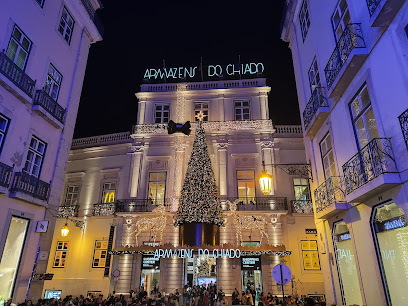
R. Garrett
0.2 km
Discover R. Garrett, a notable street in Lisbon, where history meets vibrant local culture in a picturesque setting filled with shops and cafes.
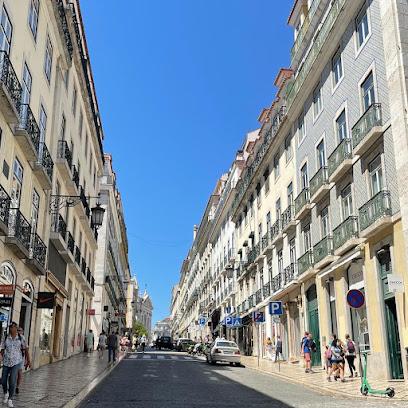
Praça Dom Pedro IV 41
0.2 km
Explore the vibrant Praça Dom Pedro IV in Lisbon, where history, culture, and local life converge in a stunning urban landscape.
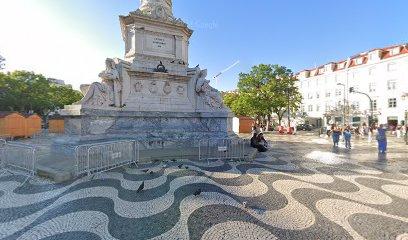
Largo Trindade Coelho
0.2 km
Discover the cultural richness of Largo Trindade Coelho, a historical square in Lisbon filled with charm and vibrant local life.
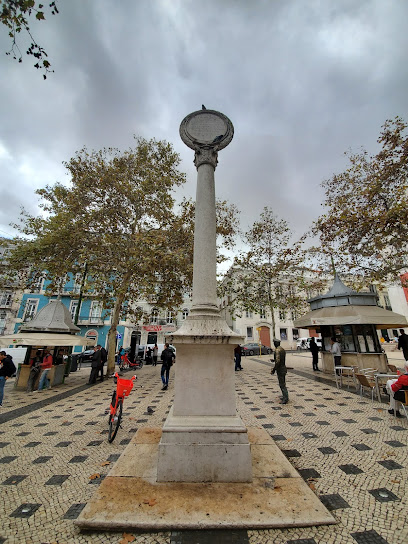
R. de Santa Justa
0.2 km
Explore R. de Santa Justa, a vibrant street in Lisbon known for its stunning architecture, local cuisine, and the iconic Santa Justa Lift.
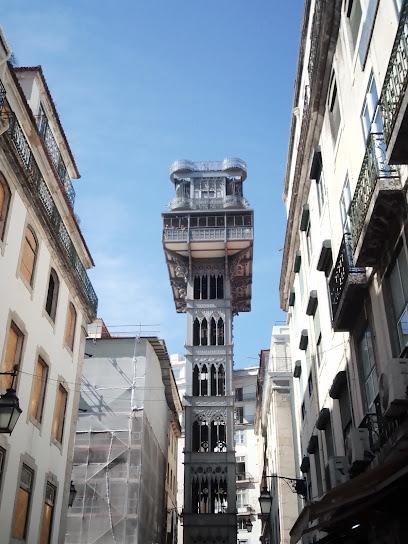
Chiado / Baixa
0.2 km
Explore the historical charm of Chiado and Baixa, Lisbon's vibrant neighborhoods filled with culture, shopping, and breathtaking views.
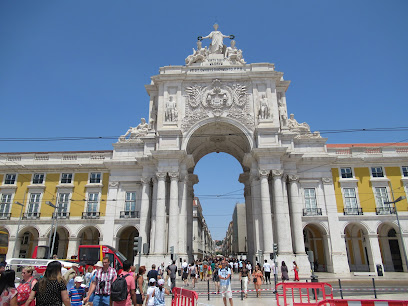
Fonte Norte do Rossio
0.3 km
Explore Fonte Norte do Rossio, a captivating Lisbon landmark where history and beauty converge amidst the vibrant atmosphere of the city.
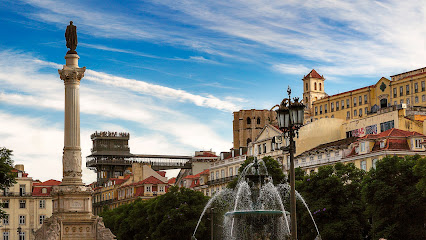
Praça Dom Pedro IV 83
0.3 km
Experience the vibrant energy and rich history of Praça Dom Pedro IV, the heart of Lisbon, surrounded by architectural beauty and local culture.
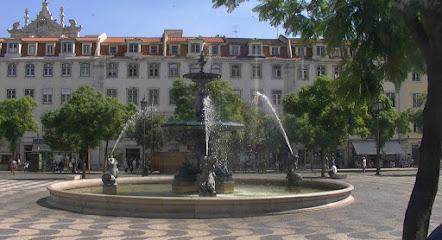
Cat in sombrero
0.3 km
Discover the whimsical charm of 'Cat in Sombrero' in Lisbon, a delightful tourist attraction perfect for quirky photos and a taste of local creativity.
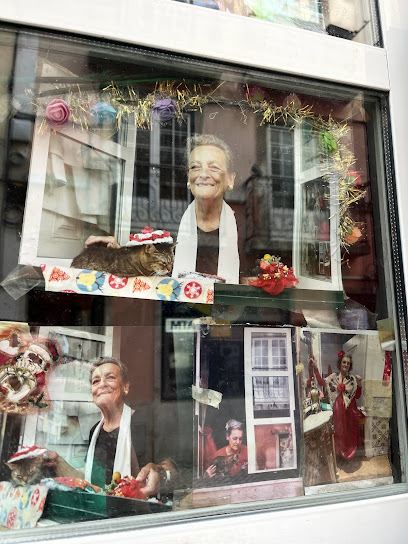
Statue of King John I
0.3 km
Discover the grandeur of the Statue of King John I in Lisbon's Praça da Figueira, a timeless tribute to Portugal's royal legacy and history.
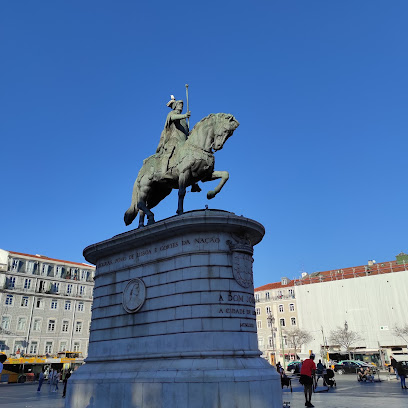
Solar dos Poetas
0.3 km
Experience the poetic charm of Solar dos Poetas, an inspiring hotel in the heart of Lisbon celebrating the city's literary heritage.

Praça Luís de Camões
0.3 km
Explore Praça Luís de Camões, a historic square in Lisbon filled with culture, charming cafés, and the legacy of Portugal's greatest poet.
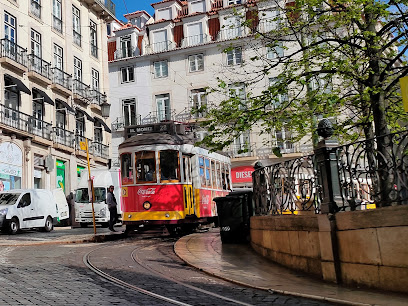
Praça da Figueira
0.3 km
Discover the vibrant heart of Lisbon at Praça da Figueira, a historic square filled with culture, stunning architecture, and local charm.
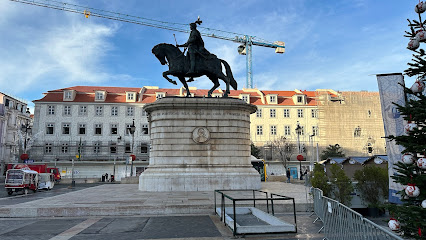
Praça Luís de Camões 2
0.3 km
Explore Praça Luís de Camões, a lively square in Lisbon filled with culture, history, and the spirit of Portugal, perfect for relaxation and exploration.
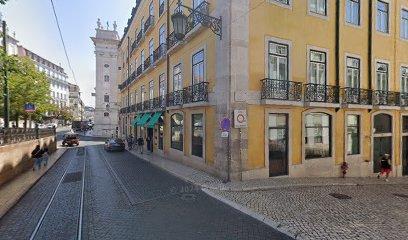
Baixa Market
0.3 km
Discover the vibrant flavors and crafts at Baixa Market, a must-visit destination in Lisbon for an authentic taste of Portuguese culture.
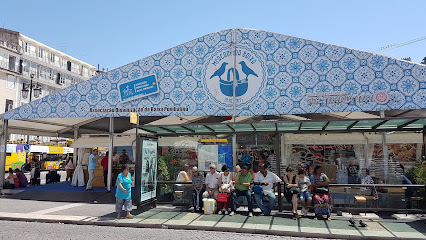
Unmissable attractions to see
Carmo Archaeological Museum
0.0 km
Uncover the fascinating history of Lisbon at the Carmo Archaeological Museum, a captivating blend of art, architecture, and archaeology.

Carmo Convent
0.0 km
Explore Carmo Convent in Lisbon, a stunning historical landmark blending art and archaeology in a breathtaking setting.
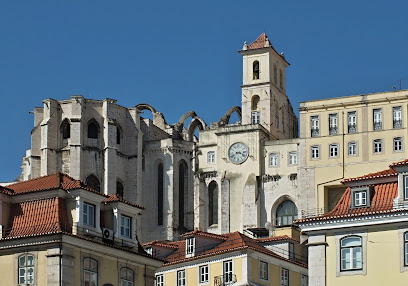
Chafariz do Carmo
0.0 km
Explore the historical elegance of Chafariz do Carmo, a stunning cultural landmark in the heart of Lisbon, rich in beauty and heritage.
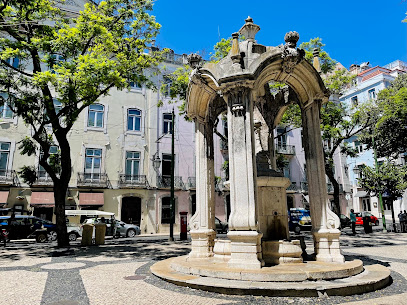
Largo do Carmo
0.0 km
Experience the tranquil beauty and rich history of Largo do Carmo, a hidden garden gem in the heart of Lisbon, Portugal.

Garden of Carmo
0.0 km
Discover the serene beauty and historical charm of the Garden of Carmo, a lush oasis in the heart of Lisbon's vibrant landscape.
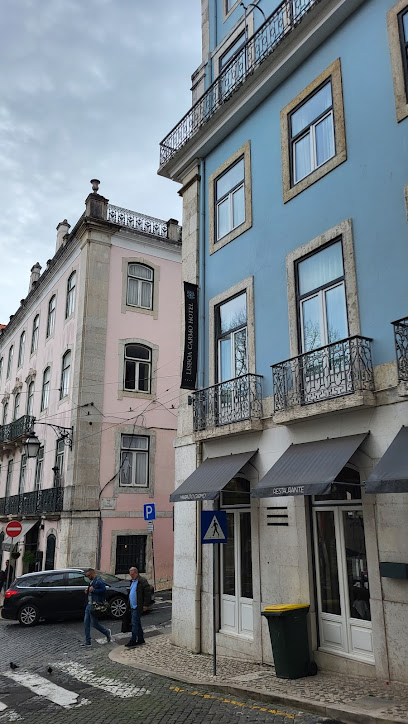
Wheels Adventure By Fabio
0.0 km
Experience the thrill of exploring Lisbon on wheels with Wheels Adventure By Fabio, where adventure meets scenic beauty in the heart of the city.

Casa dos Ovos Moles em Lisboa
0.1 km
Discover the sweet charm of Casa dos Ovos Moles in Lisbon, where traditional pastries and delightful flavors await every visitor.
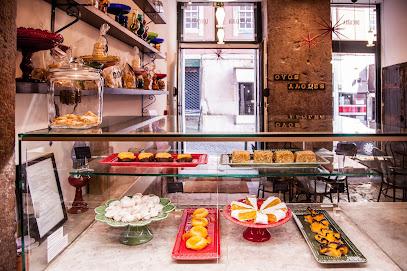
Church of the Blessed Sacrament
0.1 km
Experience the serene beauty and Baroque elegance of the Church of the Blessed Sacrament in Lisbon, a must-see for art and architecture lovers.
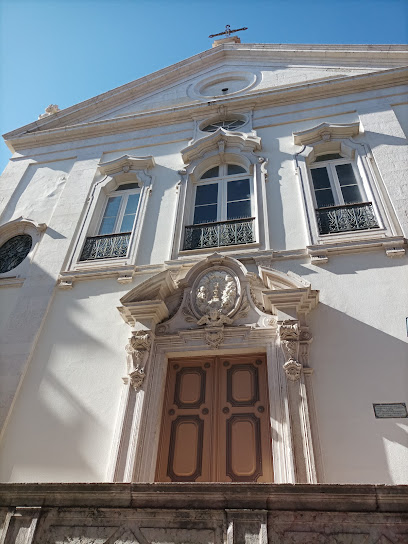
Casa do Ferreira das Tabuletas | Rua Trindade
0.1 km
Explore the artistic heritage of Lisbon at Casa do Ferreira das Tabuletas, a captivating tourist attraction showcasing the city's rich history.

Santa Justa Lift
0.1 km
Discover the stunning views and rich history of Lisbon from the iconic Santa Justa Lift, a must-see attraction for every traveler.

Ginginha do Carmo
0.1 km
Explore Lisbon's vibrant culture at Ginginha do Carmo, the ultimate destination for savoring traditional Portuguese cherry liqueur.
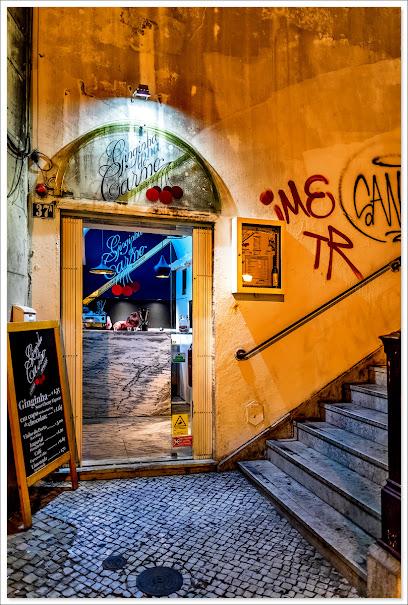
Feira dos Tecidos
0.1 km
Discover the vibrant world of textiles at Feira dos Tecidos, Lisbon's premier fabric market, where creativity and culture come together.

Street Art
0.1 km
Discover the vibrant street art scene in Lisbon at the Street Art Museum, where urban creativity meets cultural expression in every mural.
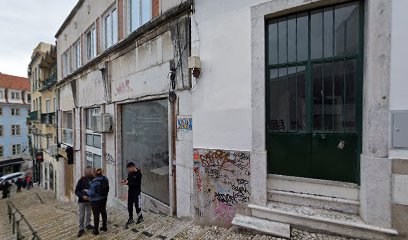
Teatro da Trindade INATEL
0.2 km
Discover the cultural heart of Lisbon at Teatro da Trindade INATEL, where captivating performances and rich heritage await every visitor.

Livraria Bertrand - Chiado
0.2 km
Discover the enchanting Livraria Bertrand - Chiado, the world's oldest bookstore, where literary history and modern charm come together in Lisbon.
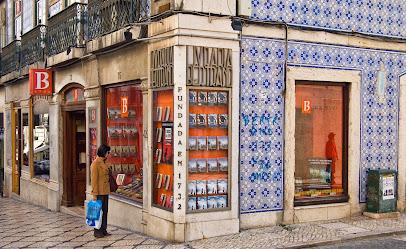
Essential places to dine
Sacramento do Chiado
0.1 km
Discover Sacramento do Chiado: A romantic restaurant in Lisbon offering traditional Portuguese cuisine and delightful seafood rice.
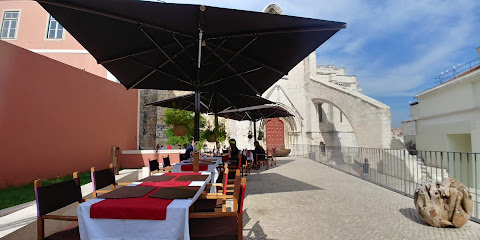
Pateo - Bairro do Avillez
0.1 km
Experience the vibrant culinary delights at Pateo - Bairro do Avillez in Lisbon, where tradition meets modernity in every dish.
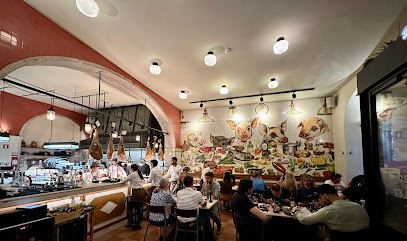
Adega Da Mó
0.2 km
Experience authentic Portuguese cuisine at Adega Da Mó in Lisbon - where tradition meets taste in a cozy atmosphere.
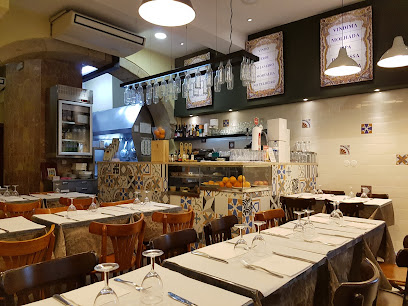
A Merendinha do Arco Bandeira
0.2 km
Experience authentic Portuguese cuisine at A Merendinha do Arco Bandeira, where tradition meets family-friendly hospitality in the heart of Lisbon.
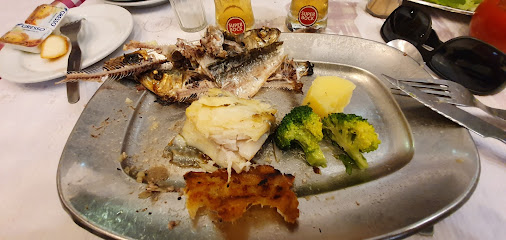
Brazilian Concept Baixa Chiado
0.2 km
Experience authentic Brazilian cuisine in Lisbon's vibrant Baixa Chiado neighborhood with delightful dishes and warm hospitality.

Restaurante O Chiado
0.2 km
Experience the taste of Portugal at Restaurante O Chiado – where tradition meets innovation in every dish.
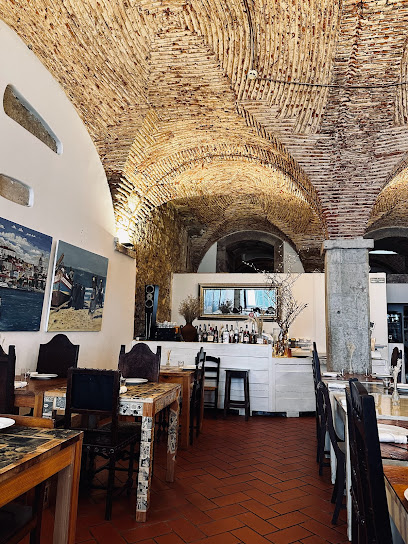
Organi Chiado
0.2 km
Explore the vibrant flavors of plant-based dining at Organi Chiado - where health meets deliciousness in the heart of Lisbon.
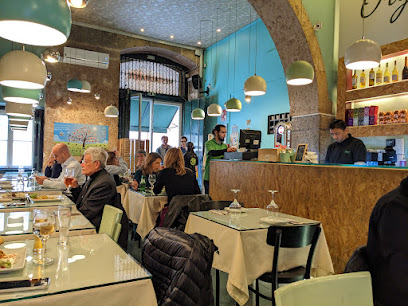
Alma
0.2 km
Discover the art of fine dining at Alma in Lisbon—where traditional Portuguese flavors meet modern culinary innovation.
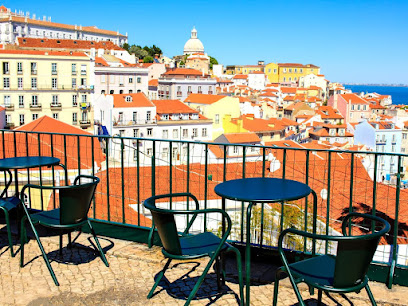
Lisboa à Noite
0.2 km
Discover traditional Portuguese cuisine at Lisboa à Noite – where flavor meets culture in the heart of Lisbon.
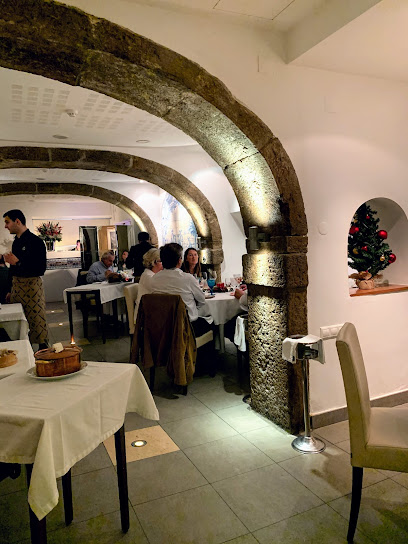
The Green Affair - Chiado
0.2 km
Discover plant-based culinary excellence at The Green Affair - Chiado in Lisbon's vibrant heart.
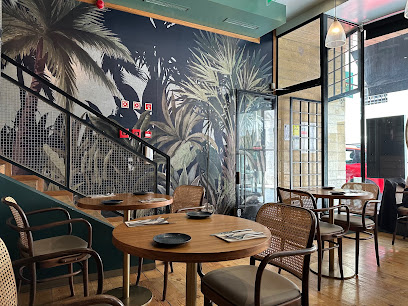
Belcanto
0.2 km
Discover Belcanto in Lisbon - where traditional Portuguese cuisine meets modern culinary artistry in an unforgettable fine dining experience.
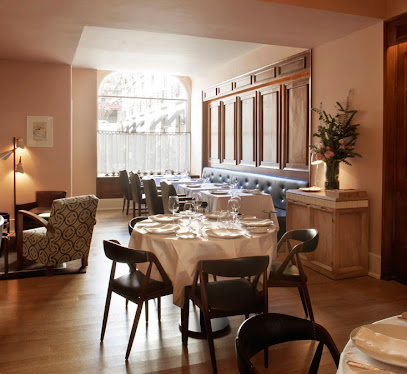
Kaffeehaus
0.3 km
Discover the flavors of Austria in Lisbon at Kaffeehaus – a cozy retreat serving authentic dishes and delightful pastries.
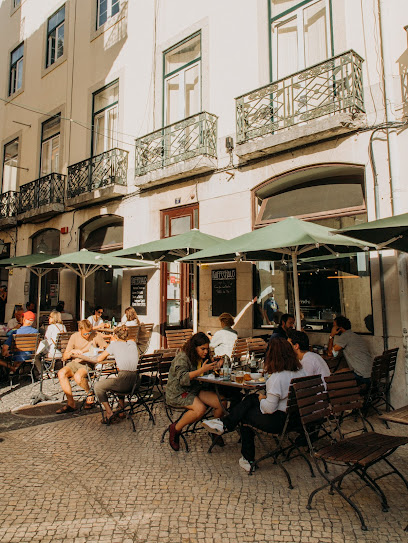
Bar do Chico Bairro Alto
0.3 km
Discover the essence of Lisbon nightlife at Bar do Chico - where traditional Fado meets delightful cocktails in Bairro Alto.
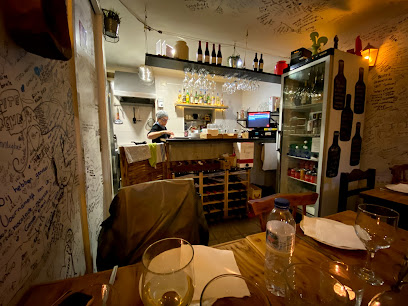
Café No Chiado
0.3 km
Experience authentic Portuguese flavors at Café No Chiado, where tradition meets modern culinary artistry in Lisbon's vibrant heart.
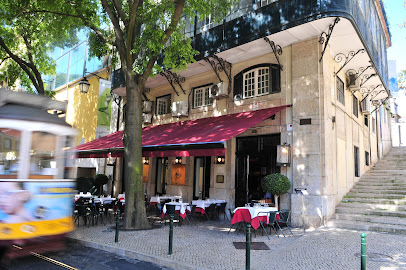
Adega do ribatejo
0.3 km
Discover Adega do Ribatejo: A fusion of exquisite Indian cuisine and vibrant nightlife in Lisbon.
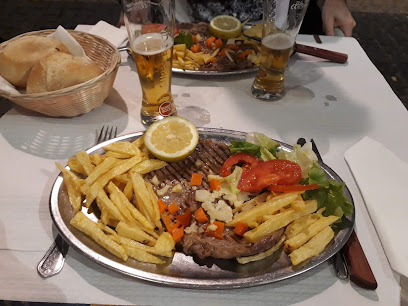
Markets, malls and hidden boutiques
Younik - Dare to be You
0.1 km
Explore Younik in Lisbon for unique, handcrafted jewelry that embodies creativity and local artistry, perfect for memorable gifts and personal treasures.
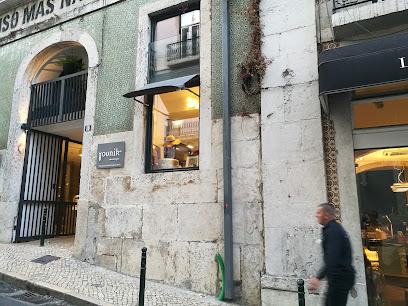
Ás de Espadas vintage store and more
0.1 km
Discover unique vintage fashion treasures at Ás de Espadas in Lisbon, where style meets sustainability in a charming setting.

Oslo
0.1 km
Explore Oslo Clothing Store in Lisbon for contemporary fashion that captures the vibrant spirit of the city, perfect for locals and tourists alike.

Luvaria Ulisses
0.1 km
Explore Luvaria Ulisses in Lisbon for handcrafted gloves and unique fashion accessories, immersing yourself in timeless elegance and artistry.
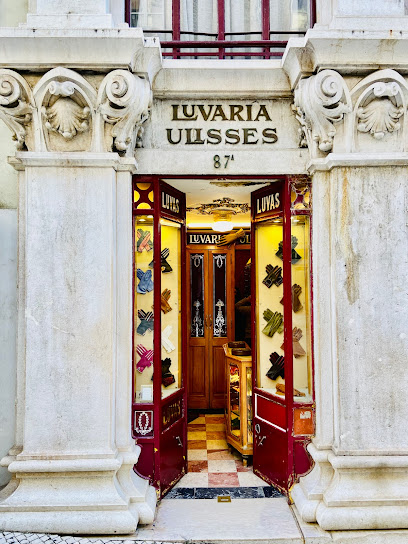
The Feeting Room Lisboa
0.1 km
Explore The Feeting Room Lisboa for an unforgettable blend of fashion, local craftsmanship, and a cozy café experience in the heart of Lisbon.

Buda
0.1 km
Explore Buda, a stylish clothing store in Lisbon offering a curated selection of modern and classic fashion pieces for every taste.

ICON Shop
0.2 km
Explore the vibrant ICON Shop in Lisbon, where handmade ceramics and local artistry come to life in a charming atmosphere.
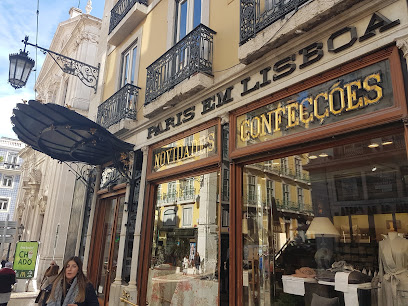
Zeva Boutiques
0.2 km
Experience the essence of Lisbon fashion at Zeva Boutiques, where unique finds and local charm meet.
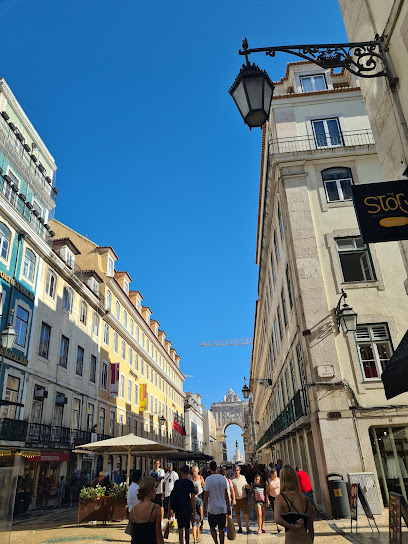
Flying Tiger Copenhagen
0.2 km
Explore a vibrant treasure trove of quirky gifts, home accessories, and playful items at Flying Tiger Copenhagen in Lisbon.

Portuguese Souvenir
0.2 km
Explore the heart of Portuguese craftsmanship at Portuguese Souvenir, where authentic gifts and treasures await in the vibrant streets of Lisbon.
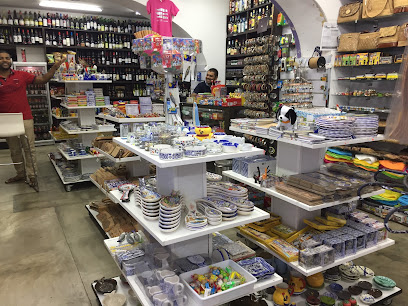
Traces of Me Chiado
0.2 km
Explore Traces of Me Chiado, a chic boutique in Lisbon offering unique clothing, fashion accessories, and home goods that embody Portuguese elegance.

Fashion Victim Lisbon
0.2 km
Shop at Fashion Victim Lisbon for unique clothing and accessories that capture the essence of the city's vibrant fashion scene.
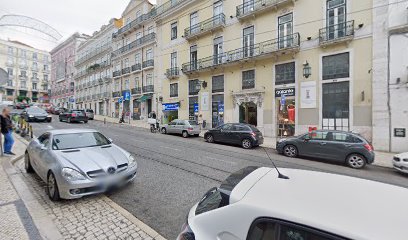
Vista Alegre - Chiado
0.2 km
Explore the artful elegance of Vista Alegre - Chiado, Lisbon's premier destination for exquisite chinaware and unique artistic treasures.
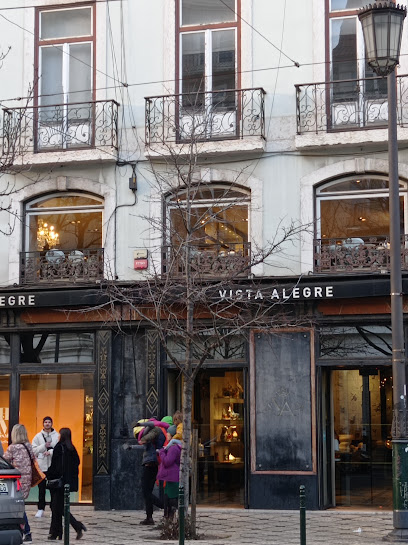
Reliquias Da Memoria
0.2 km
Explore the enchanting selection of antiques at Reliquias Da Memoria, a treasure trove in the heart of Lisbon, where history comes alive through unique artifacts.
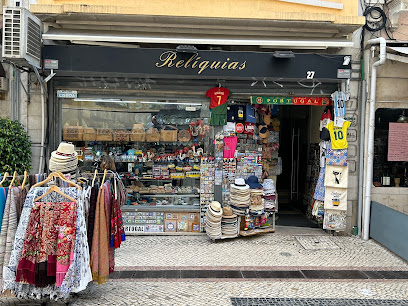
Manuel Tavares
0.2 km
Explore gourmet flavors and authentic Portuguese products at Manuel Tavares, Lisbon's premier gourmet grocery store.
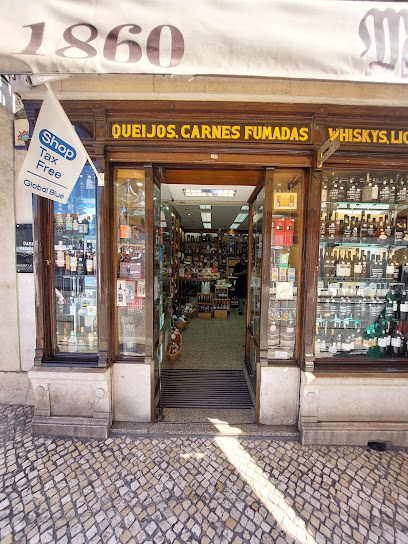
Essential bars & hidden hideouts
Topo Chiado
0.1 km
Discover Topo Chiado in Lisbon: Where Stunning Views Meet Delicious Food and Drinks in a Lively Setting.
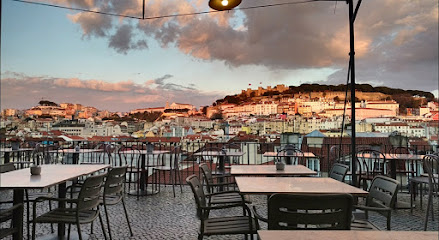
Gin66
0.1 km
Explore the vibrant nightlife of Lisbon at Gin66, where a diverse selection of gins and a lively atmosphere await every visitor.
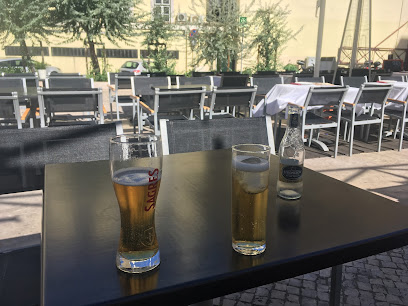
Toca da Raposa
0.1 km
Discover Toca da Raposa, a vibrant cocktail bar in Lisbon, renowned for its creative drinks and welcoming atmosphere, perfect for nighttime adventures.

Lisboa Bar
0.1 km
Discover the heart of Lisbon's nightlife at Lisboa Bar, where vibrant ambiance meets exquisite local drinks for an unforgettable experience.
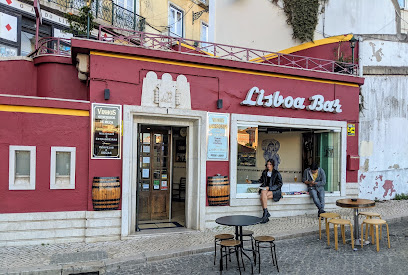
Lisbon cool
0.2 km
Discover the vibrant nightlife at Lisbon cool, a lively bar blending modern charm with traditional Portuguese flair, perfect for socializing and relaxation.
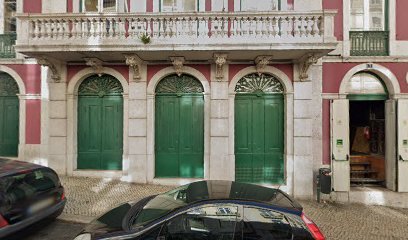
Entretanto Rooftop Bar @ Hotel Chiado
0.2 km
Experience breathtaking views and exquisite cocktails at Entretanto Rooftop Bar, the perfect spot for a memorable evening in Lisbon.
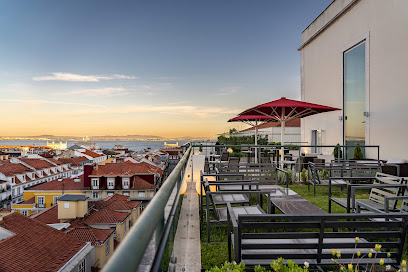
Ruby Rosa - Lisbon Art Stay
0.2 km
Discover the captivating Ruby Rosa Rooftop Bar in Lisbon, where stunning views meet creative cocktails and a lively atmosphere.
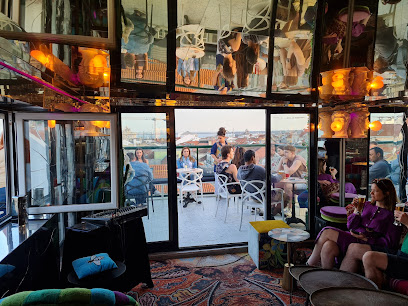
Delirium Café
0.2 km
Experience the vibrant atmosphere and extensive beer selection at Delirium Café in Lisbon, a must-visit for food and beer enthusiasts.
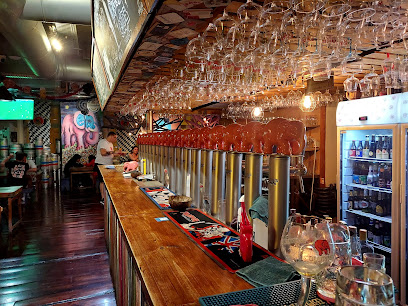
Wine not?
0.2 km
Discover the charm of Lisbon at Wine Not?, a cozy wine bar offering an exquisite selection of local and international wines for every palate.
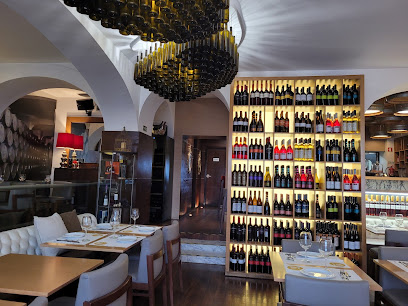
RynekwLizbonie
0.2 km
Experience the vibrant nightlife of Lisbon at RynekwLizbonie, where local flavors and a welcoming ambiance come together.
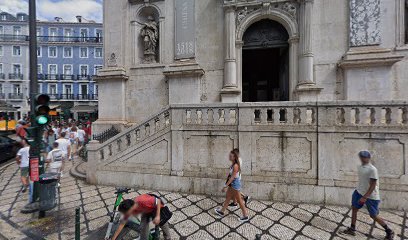
ESTRELA DO BAIRRO
0.3 km
Experience the vibrant nightlife of Lisbon at Estrela do Bairro, where innovative cocktails meet a lively atmosphere.
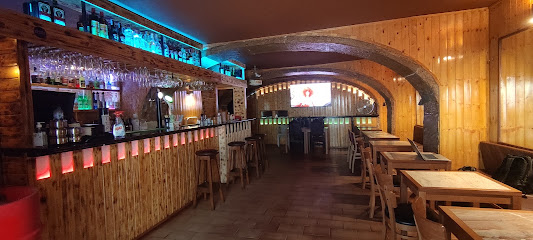
The George
0.3 km
Enjoy a taste of Britain at The George, a vibrant gastropub in Lisbon, with live music and a sports bar atmosphere.
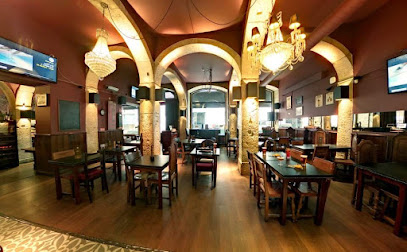
The Old Pharmacy
0.3 km
Discover The Old Pharmacy in Lisbon, where historic charm meets modern nightlife and exquisite local wines.
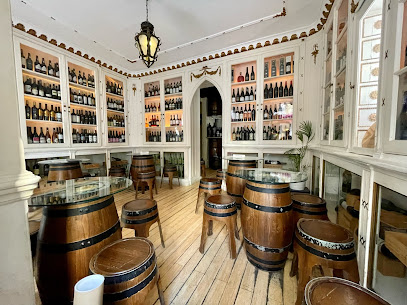
Cerveja Canil Baixa - Craft Beer
0.3 km
Experience the best of Lisbon's craft beer scene at Cerveja Canil Baixa, offering an extensive selection in a cozy, inviting atmosphere.
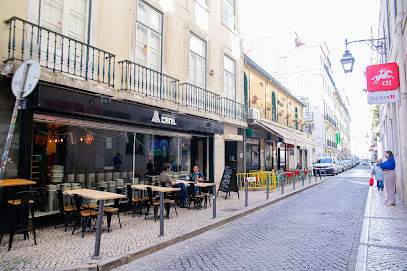
Clandestino Bar
0.3 km
Discover the vibrant nightlife of Lisbon at Clandestino Bar, where eclectic cocktails and a lively atmosphere await every visitor.
